Stinging nettle Profile
Written by Joy
Nov 02 2020
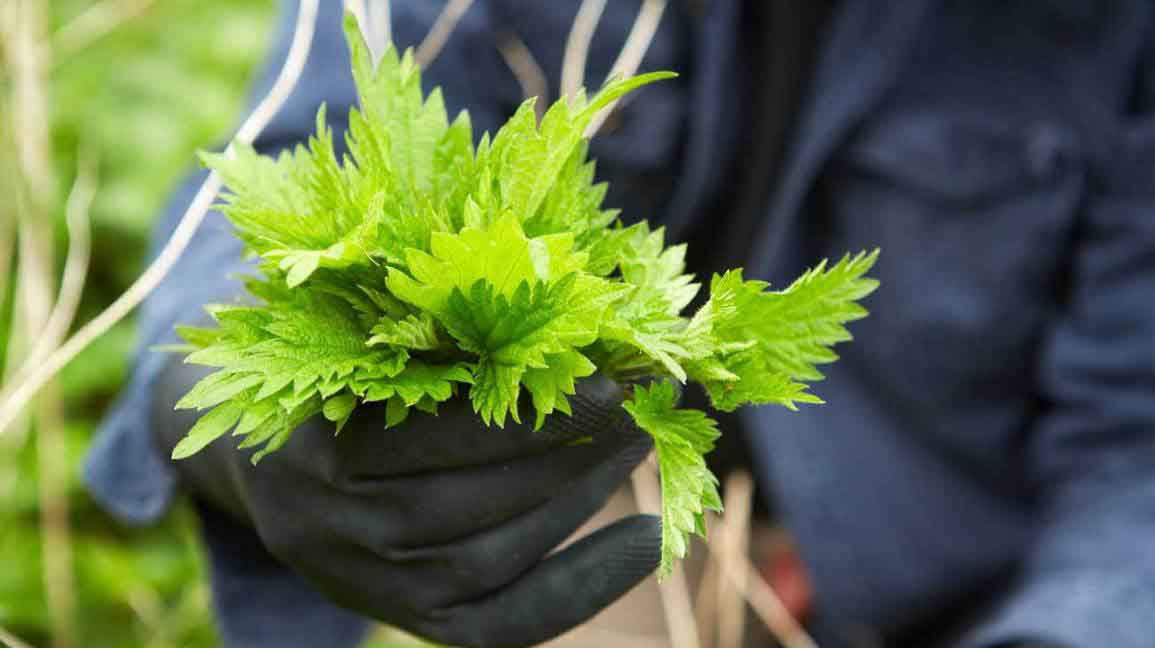
Stinging nettle is a perennial herb, up to 100 cm tall, quadrangular in shape, and few branches. The leaf is a submembranous, broadly oval, elliptical, pentagonal or nearly round outline, lobes gradually enlarged from bottom to top, triangular or oblong, green or dark green above, light green below, petiole densely bristles and slightly soft hairs. It’s stipules, green, monoecious, inflorescences paniculate, and male flowers with short stalks, tepals connate in the middle and lower parts, female flowers are small and almost sessile; achenes are nearly round with brownish-red warts on the surface Point; it usually blooms from August to October and bears fruit from September to November.
Stinging nettle morphological characteristicsStinging nettle growth habit and growing environment and distributionStinging nettle efficacy and roleMedicinal valueHealth valueEdible valueStinging nettle cultivationPlantingField managementHarvesting and processing
Nettles are distributed in Anhui, Zhejiang, Fujian, Guangxi, Hunan, Hubei, Henan, southern Shaanxi, southeastern Gansu, Sichuan, Guizhou, and central Yunnan in China. It is also distributed in northern Vietnam.
Stinging nettle morphological characteristics
Stinging nettle is a perennial herb with horizontal rhizomes. The stem is more from the base, 40-100 cm high, quadrangular, densely bristles, and puberulent, with few branches.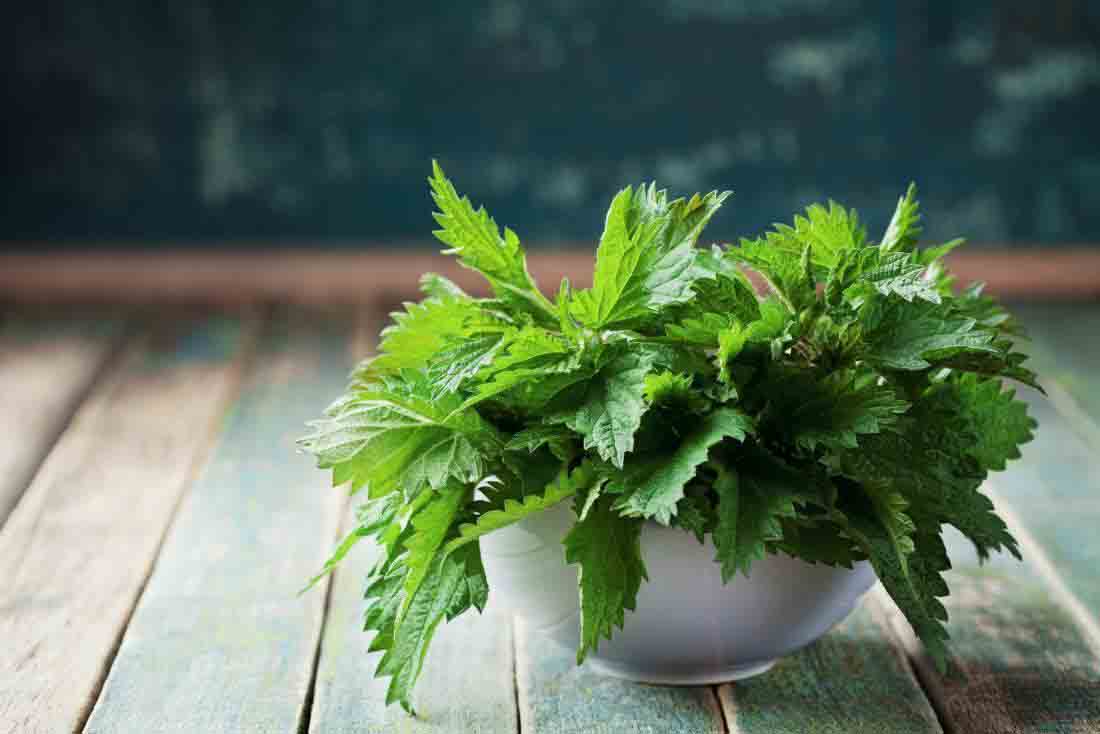
Stinging nettle is monoecious, female inflorescences have upper leaf axils, males have lower leaf axils, sparsely dioecious; inflorescences are paniculate, with few branches, sometimes subspike-like, up to 10 cm long, ordinal axes are puberulent and sparse Bristles. Male flowers have short stalks, about 1.4 mm in diameter at the bud, about 2.5 mm in diameter after opening; tepals 4, connate in the middle and lower parts, lobes are often oblong-ovate, outer sparsely puberulent; degenerative pistil bowl-shaped, No stalk, it is often white and transparent; female flowers are small and almost sessile.
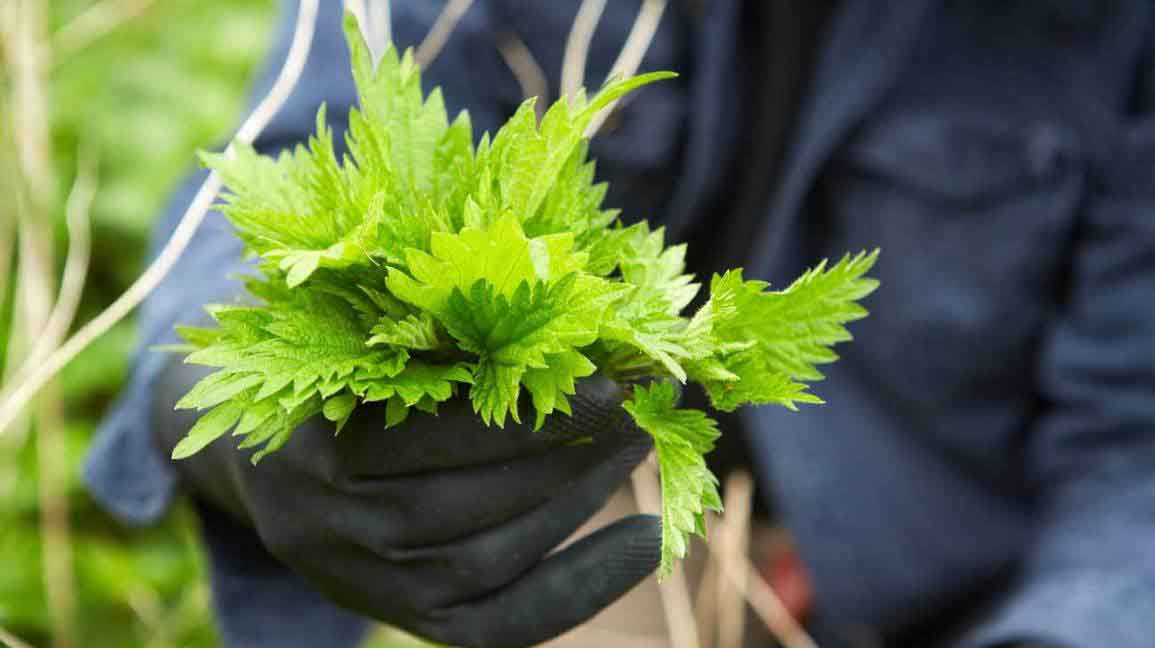
Stinging nettle growth habit and growing environment and distribution
Nettles grow on hillsides, roadsides, or houses in semi-shady wet places at an altitude of about 100 meters (in Zhejiang) or 500-2000 meters. Nettles are distributed in Anhui (Qimen), Zhejiang, Fujian, Guangxi, Hunan, Hubei, Henan (Funiu Mountain), southern Shaanxi, southeastern Gansu, Sichuan, Guizhou, and central Yunnan, China. It is also distributed in northern Vietnam.Stinging nettle efficacy and role
Medicinal value
Nettle has been used for medicinal purposes since ancient Greco-Roman times. In Europe, nettle is used as a popular medicine as a diuretic, astringent, hemostatic agent, expectorant and prolactin, for the treatment of arthritis, chronic skin diseases, etc. Nettle preparations are used externally to treat seborrheic dermatitis, dandruff, and prevent hair loss. In Turkey, local herbalists use the whole nettle as medicine to prevent various diseases and almost replace all medicinal plants. Nettle preparations are widely used abroad (especially in Germany). The German drug Fengshian is an extract of nettle leaves. Its main component is coffee phthalomalic acid, which has anti-inflammatory activity. It is used for the self-help treatment of patients with rheumatism. It is one of the five most commonly used drugs in Germany and is in OTC drugs. important position.Health value
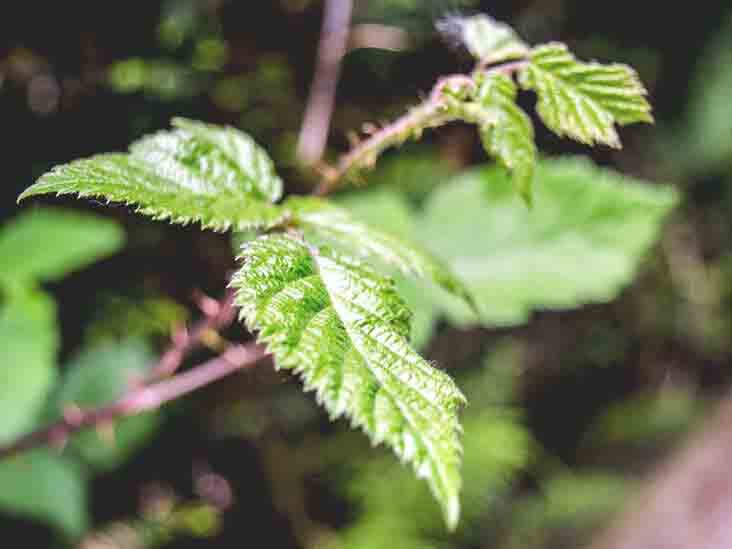
Edible value
Nettles are also edible. In Russia and other countries, the stems and leaves of nettle are cooked and processed into various dishes: cold dresses, soups, grilled dishes, nettle juice, beverages, and seasonings. Nettles (plants and leaves) are listed as natural sources of food seasonings in Europe and can be used to make soups and herbal teas. The protein and fat content of nettle seeds is close to that of oil crops such as hemp, sunflower, and flax; the oil extracted from nettle seeds has a unique taste and has the function of strengthening the body; nettle leaves are rich in protein and multiple vitamins. Its tender leaves are used as vegetables or as pies, and its taste is elegant and delicious.Stinging nettle cultivation
Soil preparation and fertilizationYou'd better choose a flat, loose loam or sandy soil plot, apply 5,000 kilograms of chicken manure per mu, and turn it into a 1.2-meter-wide flat border.
Planting
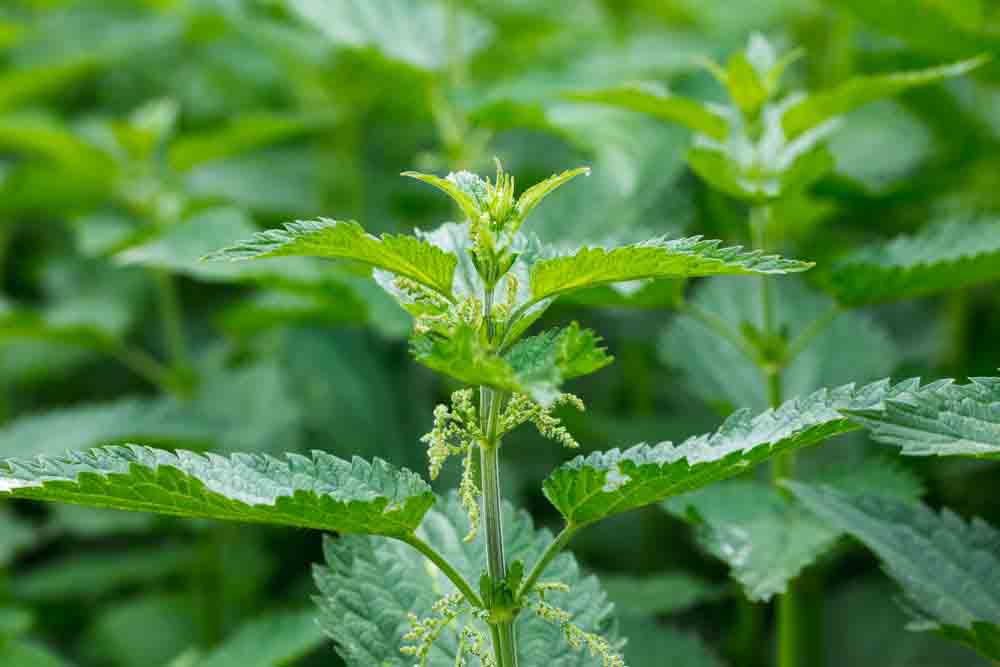
Field management
Intertillage and weeding: The first intertillage and weeding are carried out after the nettles emerge.Watering: Keep the soil dry and wet. Generally, water once when the seedlings grow to 20-30 cm, water once before closing the ridge, and generally do not water after closing the ridge. Pay more attention to drainage in summer.
Topdressing: combined with watering for top dressing, nettle does not have strict requirements on fertilizer and water, generally in the case of applying plantar fertilizer, combine 15-20 kg of urea with 15-20 kg of water to promote the growth of new leaves and plants before ridge sealing or after leaf picking.
Harvesting and processing
Nettles can be harvested the same year they are planted, and they can be harvested year after year. Generally, when the plant reaches 40-60 cm in height in early and mid-May, eat its tender stems and leaves, avoid exposing the skin when harvesting, and blanch it with boiling water before refrigerating.Latest Updated
- Benefits of Bugleweed - 7 Science-backed Health Benefits
- Bugleweed Dangers & Side Effects - Is It Poisonous?
- How to Plant Evergreen Trees - What You Should Know
- When to Plant Evergreens - Grow Guide for Evergreen Trees
- 12 Wonderful Evergreen Shrubs for Your Garden
- 12 Popular Evergreen Plants with Pictures for Beginners
- When And How To Prune A Lilac Bush Like a Pro
- How to Grow & Care for Lilac Vine (Hardenbergia Violacea)
- Japanese Lilac Tree (Syringa Reticulata) Care & Propagation Guide
- Shumard Oak Pros and Cons - What to Know
Popular Articles
- Winter maintenance of Antirrhinum Majus
- How to Grow Terminalia Mantaly Tree
- How to Grow and Care for Crossostephium Chinense
- How to grow Antirrhinum Majus in spring
- Peristeria Elata (Dove Orchid) Profile: Info & Care Guide
- Underwatered Snake Plant (Sansevieria Trifasciata) - Signs And How To Fix
- How to Care for Brazilian Jasmine Plant (Mandevilla Sanderi)
- How to Grow & Care for Graptopetalum Purple Delight in Summer
- Rosa Chinensis (China Rose): Plant Growing & Care Tips
- How to Care for Baby Sun Rose (Aptenia Cordifolia)